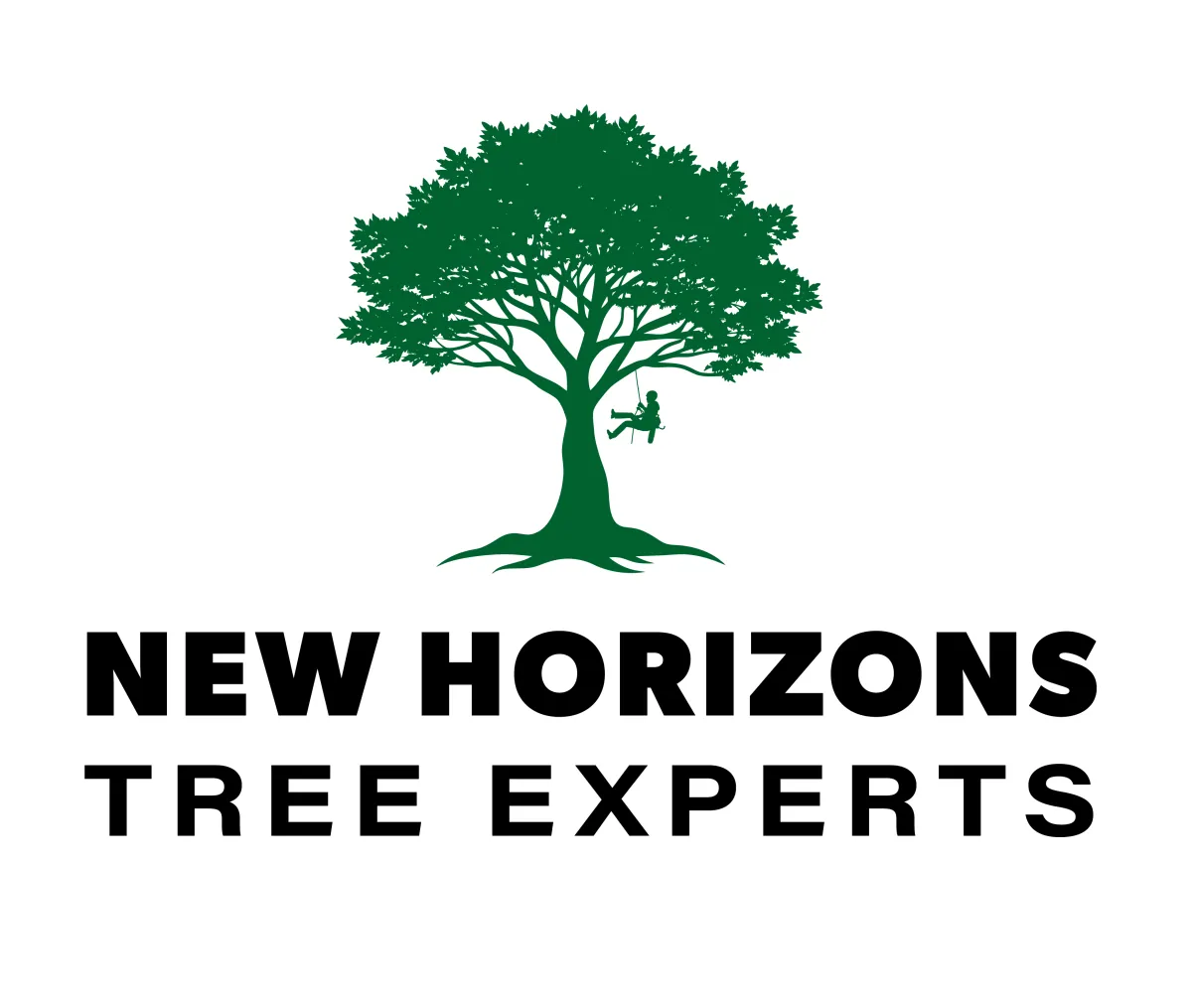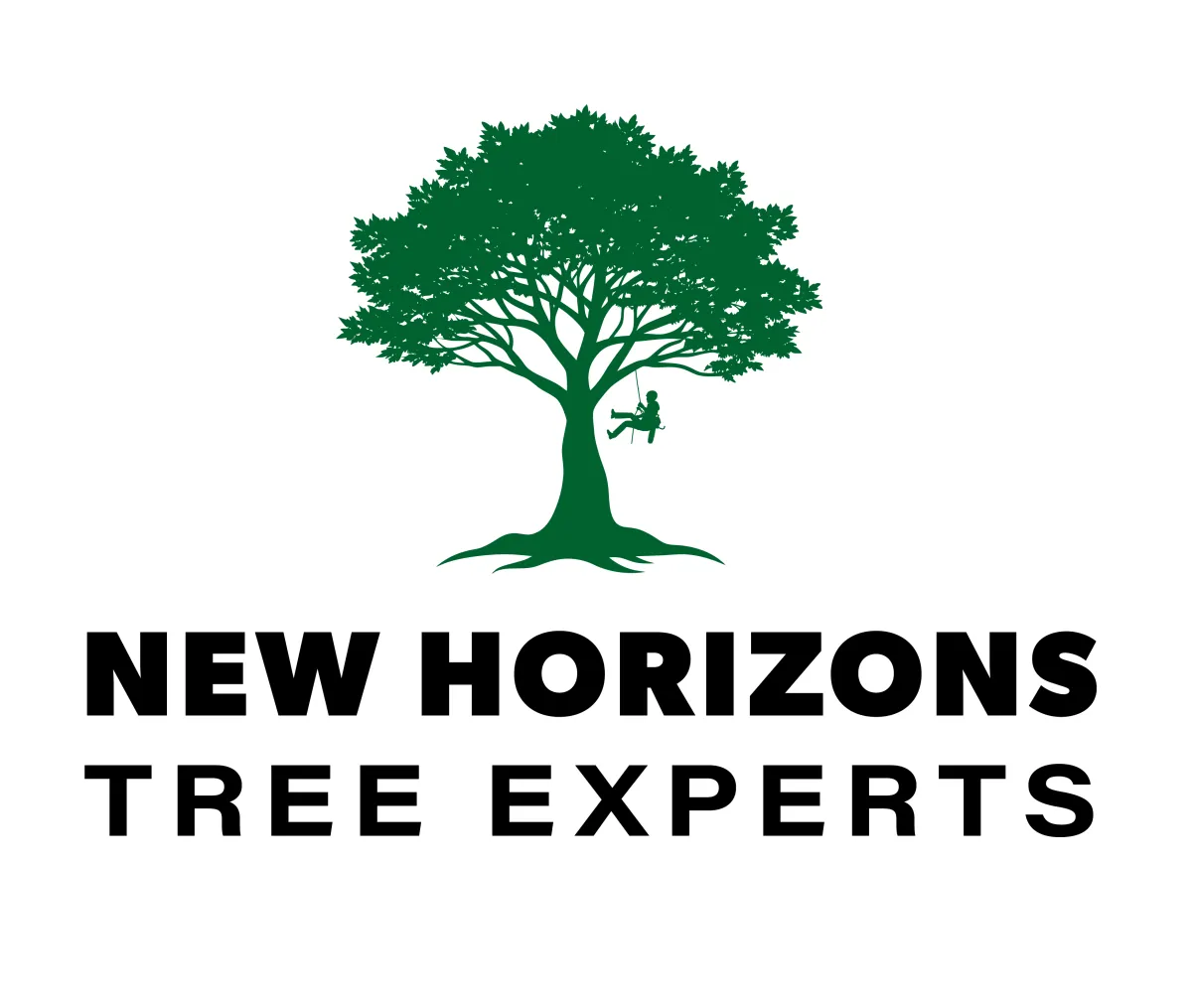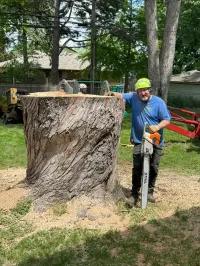Welcome to our Blog
The New Horizons Tree Experts Blog
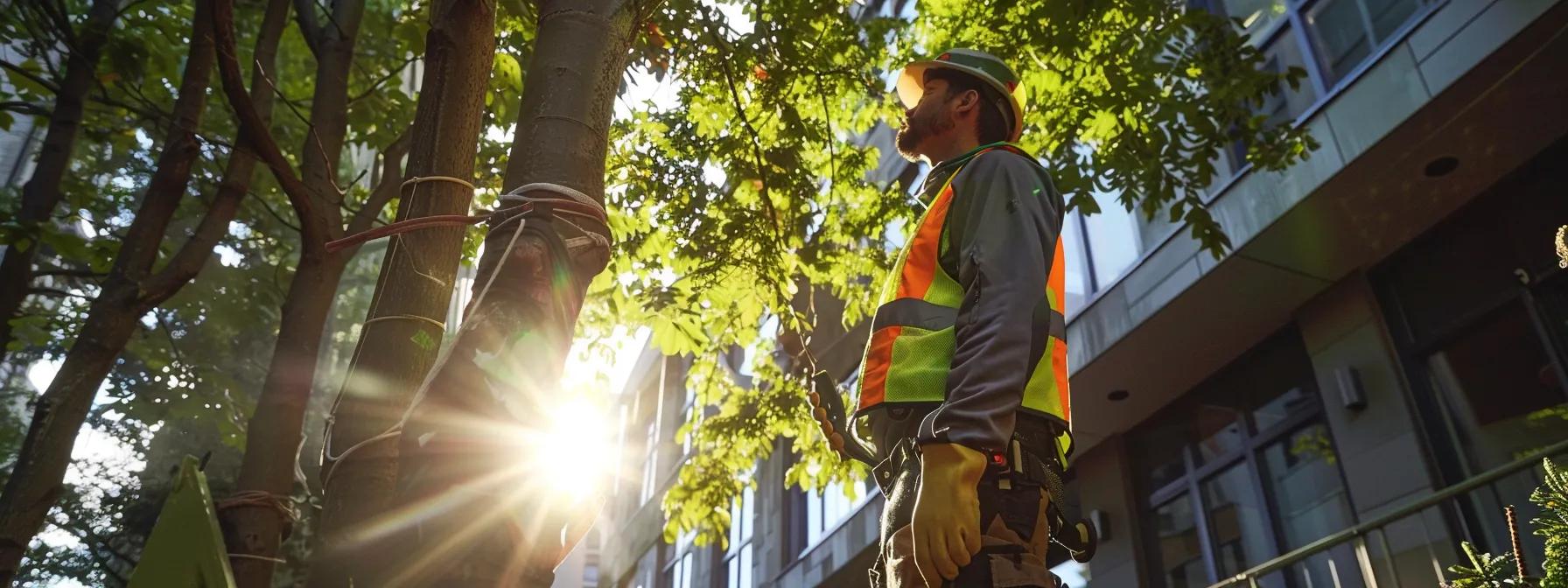
Identify Professional Tree Trimming Services in Your Area
In today's landscape maintenance industry, proper tree trimming is essential for both aesthetics and safety. Home and business owners alike increasingly search for reliable removal services and tree trimming services near me to safeguard their properties, improve curb appeal, and maintain the health of wood and shrub landscapes. Many professionals complement their work with land clearing services to further enhance property safety and boost overall aesthetics. Expert tree trimming not only enhances the overall look of a garden but also preserves trees by removing diseased or hazardous branches, reducing the risk of storm-related damage, and ensuring the proper growth habits of trees. With the support of certified arborists and local tree trimming companies, customers can expect safe and professional care performed by experienced tree trimmers in my area and beyond in North America.
New Horizons Tree Experts, a family-owned business with over 30 years of professional experience, excels in this industry by delivering top-notch tree trimming, high-risk removals, emergency tree services, and other related services. With an emphasis on cleanup second to none and customer-centered communication, the company has earned 68 five-star reviews and maintains a reputation built on honesty, integrity, and expertise. This article outlines the key aspects of professional tree trimming—from understanding its broad benefits to choosing the right service provider, preparing your garden, comprehending the process, and finally evaluating the overall trimming experience.
By delving into each of these topics in detail, this article helps property owners make informed decisions that not only meet local regulatory standards but also assure exceptional results. The information provided includes research-backed data, detailed lists of critical practices, tables comparing attributes of various services, and peer-reviewed studies emphasizing the health benefits of advanced arboriculture practices. Ultimately, the reader will be guided through essential considerations for a safe, efficient, and aesthetically pleasing tree trimming experience.
Transitioning into the details, the first section discusses the benefits of expert tree trimming and explains why these services are crucial for longevity and landscape maintenance.
Understand the Benefits of Expert Tree Trimming
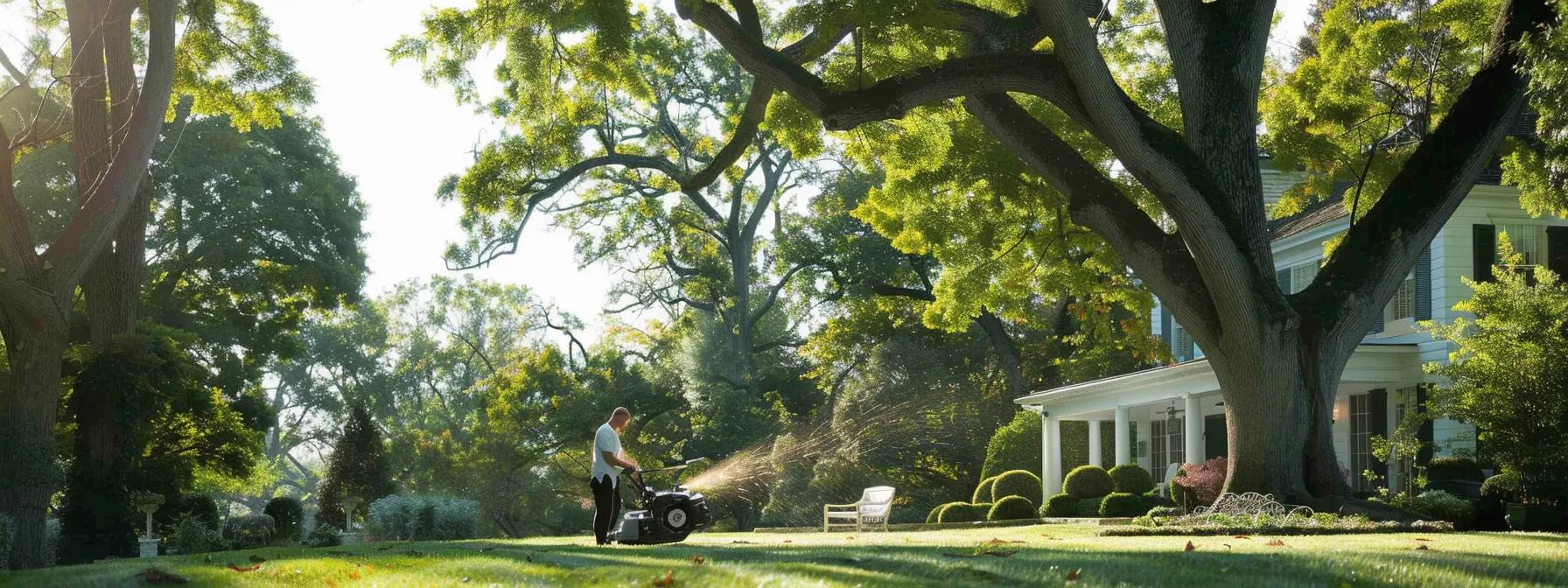
Expert tree trimming offers a range of benefits that extend beyond just enhancing curb appeal. The primary advantage is improved tree health. Professional tree trimmers, often certified arborists, prune trees in a manner that promotes robust growth, minimizes the spread of disease, and ensures proper exposure to light and air. By removing dead or diseased branches, professional trimming reduces the likelihood of hazardous limb falls during storms and minimizes the risk of tree-related injuries or property damage. In addition, precise trimming supports the structural integrity of trees by directing future growth and eliminating overly dense areas that could hinder nutrient circulation.
A peer-reviewed study by Nowak et al. (2008) published in the Journal of Arboriculture found that regular, professional tree maintenance reduced the prevalence of insect infestations and fungal diseases by up to 30%. This study, conducted on urban tree populations in North America, illustrates the protective role of expert pruning in extending tree longevity and maintaining healthy urban forests. The research highlighted that trees properly trimmed managed by professionals had a notably lower risk of stress-induced decline compared to those that were not maintained, emphasizing the importance of professional intervention.
Another aspect to consider is the aesthetic and environmental benefits. When trees are trimmed correctly, the overall landscape becomes more attractive, enhancing property value and appeal. A well-timed trim can remove competing branches and create a balanced canopy that not only looks pleasing but also supports proper water flow and light penetration. Additionally, expert trimming services can address safety hazards by evaluating tree trunk structure and identifying potential weak points that might result in expensive damage during severe weather conditions.
Furthermore, proper trimming is essential for sustainable landscape management. It encourages efficient nutrient utilization and can prevent damage to adjacent structures such as roofs, power lines, or retaining-wall-construction-services. Certified arborists utilize their expertise to identify proper cutting techniques that do not harm the tree’s natural healing process. Given that tree trimming services in my area frequently encounter customers searching for safe and reliable plant care, understanding these benefits reinforces the value of professional expertise.
Key Takeaways: - Professional tree trimming improves tree health by removing diseased or dead wood. - Research shows that expert maintenance can reduce disease prevalence by up to 30%. - Enhances aesthetics, property value, and environmental sustainability. - Ensures safety by assessing structural integrity and minimizing damage risks.
Choose the Right Type of Tree Trimming Service
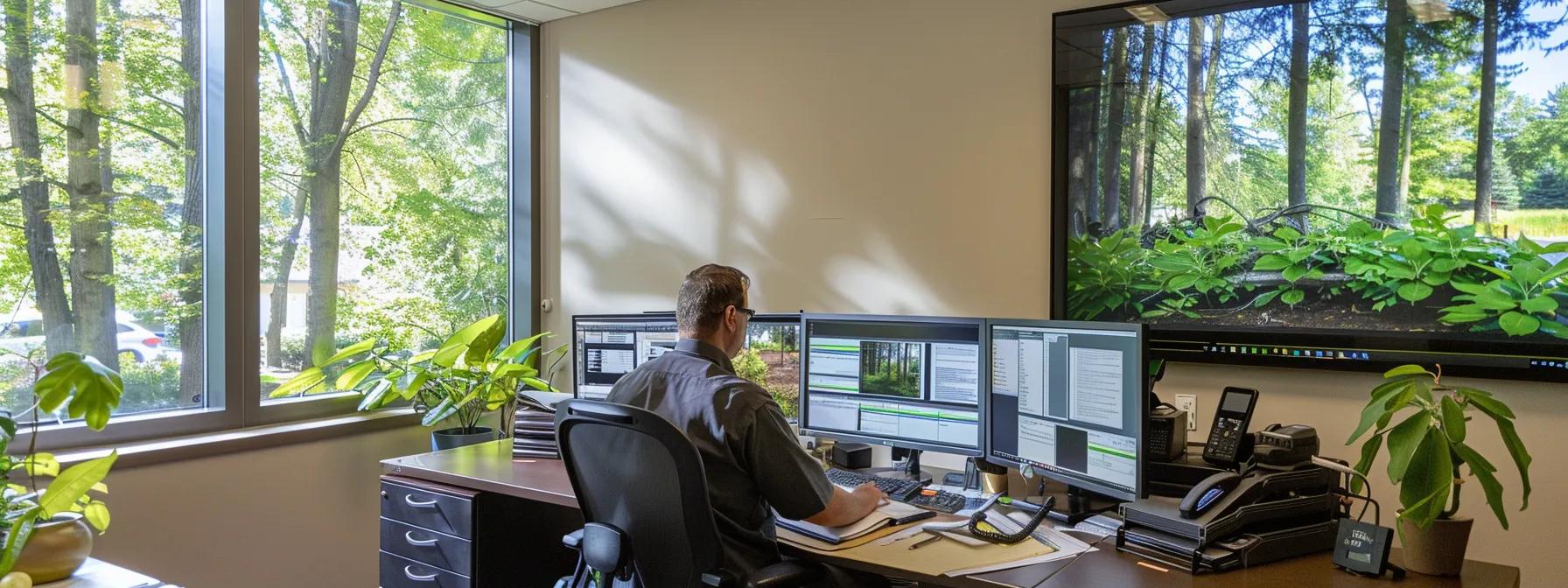
Choosing the right tree trimming service is crucial for achieving long-term tree health and a safe, attractive landscape. Homeowners and business owners should evaluate providers based on expertise, service range, and customer-centered practices. It is vital to select companies that have certified arborists on their team because these professionals follow industry-recognized standards and possess the necessary training to handle complex tree structures. When customers search for “tree trimming service near me” or “tree trimmers in my area,” they should look for companies with a transparent service process, competitive pricing, and glowing customer reviews.
One factor to consider is whether the service provider specializes in emergency tree services and storm restoration. Trees often become hazards after severe weather events, so a company that also provides fast-response emergency tree removal services can be invaluable. Additionally, professional companies typically offer a free estimate service, which should detail the necessary work and cleaning processes. Many reputable services also emphasize environmentally sustainable practices. For example, some providers recycle pruned wood and mulch, which contributes to soil health and overall garden sustainability.
Another study conducted by the International Society of Arboriculture (ISA) in 2015 demonstrated that certified arborists reduce the likelihood of improper pruning practices by 40% compared to non-certified personnel. This statistic underscores the importance of ensuring that any tree trimming service employs trained, certified experts. When comparing local tree trimming companies, potential customers should ask for before-and-after photos of previous projects, inquire about insurance and liability policies, and request references. A well-established service will have a documented history of safety, efficiency, and clean-ups that leave no debris behind—an aspect particularly noted in firms like New Horizons Tree Experts.
When evaluating service options, one must account for their specific landscape requirements. For instance, properties with older trees or unique species might require specialized care. Ask if the service provider is familiar with the proper pruning techniques for your tree type, such as the correct method for trimming overextended branches or shaping a tree for future growth. Qualified professionals use tools like stump grinders and proper safety gear to perform precise cuts, ensuring minimal damage to the tree and surrounding structures.
Additionally, inquiries about maintenance contracts can be beneficial. Ongoing care not only extends the lifespan of trees but also helps monitor long-term health, enabling timely interventions before significant damage occurs. As the market for tree removal service and tree trimming services continues to grow, ensuring you engage a company with a robust service portfolio, including risk assessments and free quotes, becomes paramount for sustaining a healthy, thriving landscape.
Key Takeaways: - Select providers with certified arborists for reliable and safe tree care. - Check for emergency tree services and sustainable practices. - Research providers through reviews, references, and documented safety records. - Consider ongoing maintenance options for long-term tree health.
Prepare Your Garden for Tree Trimming
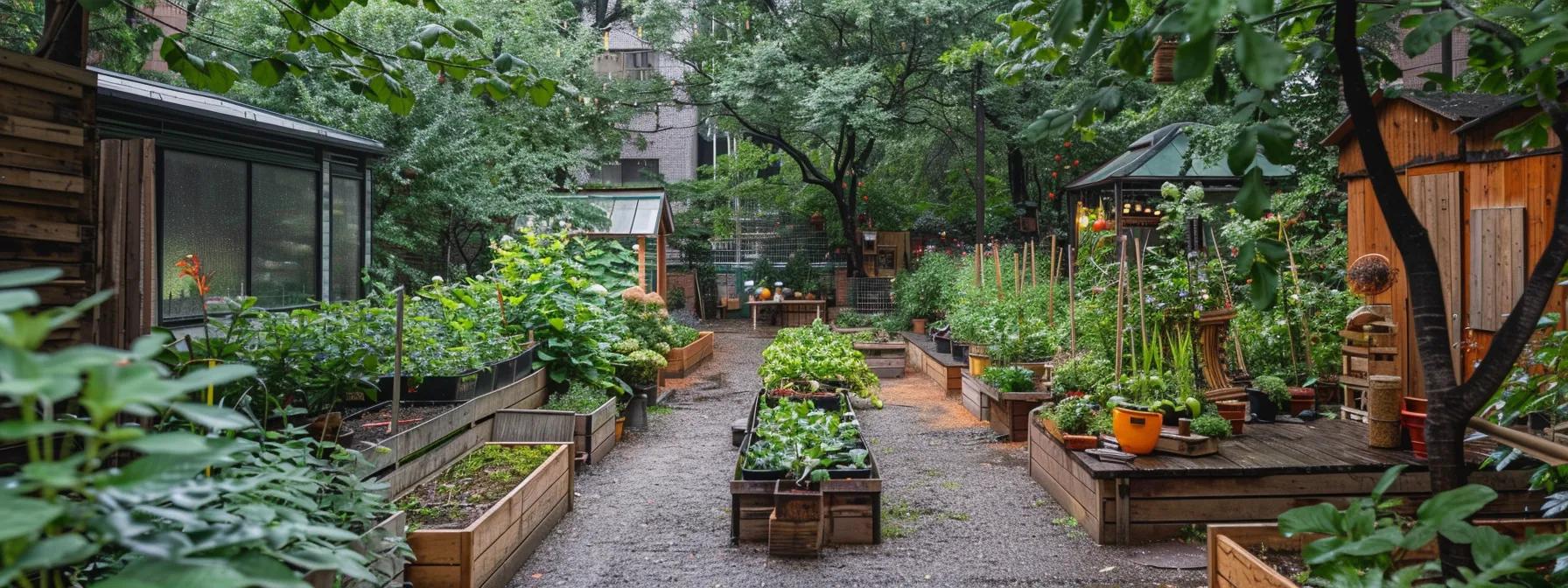
Preparation is a critical component in ensuring efficient and effective tree trimming. Before hiring a professional service, homeowners and business owners must take proactive steps to prepare their gardens and landscapes. A well-prepared garden not only facilitates safe and hassle-free operations but also minimizes damage to surrounding areas during the trimming process.
The first step is to clear the trimming area of any obstacles. This includes moving outdoor furniture, garden ornaments, and vehicles from the vicinity of the trees scheduled for trimming. Removing these items ensures that equipment can access the tree without disruption and reduces the risk of accidental damage. Additionally, it provides a clear view of the tree’s structure, enabling the arborist to plan the work more effectively.
Marking sensitive areas—such as flower beds, landscaped shrubs, and play areas—is also beneficial. Notifying the trimming crew about these zones helps avoid any unintended collateral damage. In some cases, homeowners might use temporary barriers or protective coverings to shield delicate plants and property features. This preparatory step is particularly significant when dealing with trees near structures. The precision required in trimming trees near utilities and retaining-wall-construction-services enhances safety for both workers and residents.
Proper preparation also involves an initial evaluation of the tree’s health. Homeowners should inspect the tree for visible signs of disease, such as discolored leaves or cavities in the trunk, before the trimming begins. This pre-assessment is essential because professional tree trimmers can adjust their techniques based on the tree’s condition. For example, trees suffering from disease might require more conservative cuts to avoid further stress. Some arborists even recommend pre-trimming treatments or follow-up maintenance tailored to remove infestations of insects or fungal infections that could compromise tree health.
A peer-reviewed study by Kubin et al. (2017) detailed the benefits of preparatory maintenance in urban landscapes. The study, which evaluated urban trees over a five-year period, concluded that proactive garden preparation before pruning resulted in a 25% improvement in recovery rates after major pruning events. The study noted that clean, well-organized work areas allowed for more precise cuts and enhanced the overall health and recovery of the tree.
Furthermore, ensure that you have a clear communication channel with the tree trimming service. Pre-scheduling a walkthrough with the arborist can help discuss specific requirements, safety concerns, and targeted outcomes. This meeting is an opportunity to determine if additional services, such as stump grinding or clean-up after trimming, are needed. As homeowners prepare their gardens, keeping an eye on the intricacies of landscape design—including the integration of mulch and proper nutrient management—leads to a well-maintained, visually appealing property.
Key Takeaways: - Clear garden areas of obstacles and mark sensitive sections. - Pre-inspect trees for disease signs and communicate needs with professionals. - A clean work zone improves trimming accuracy and tree recovery. - Advance preparation supports both aesthetic and safety outcomes.
Understand the Process of Tree Trimming
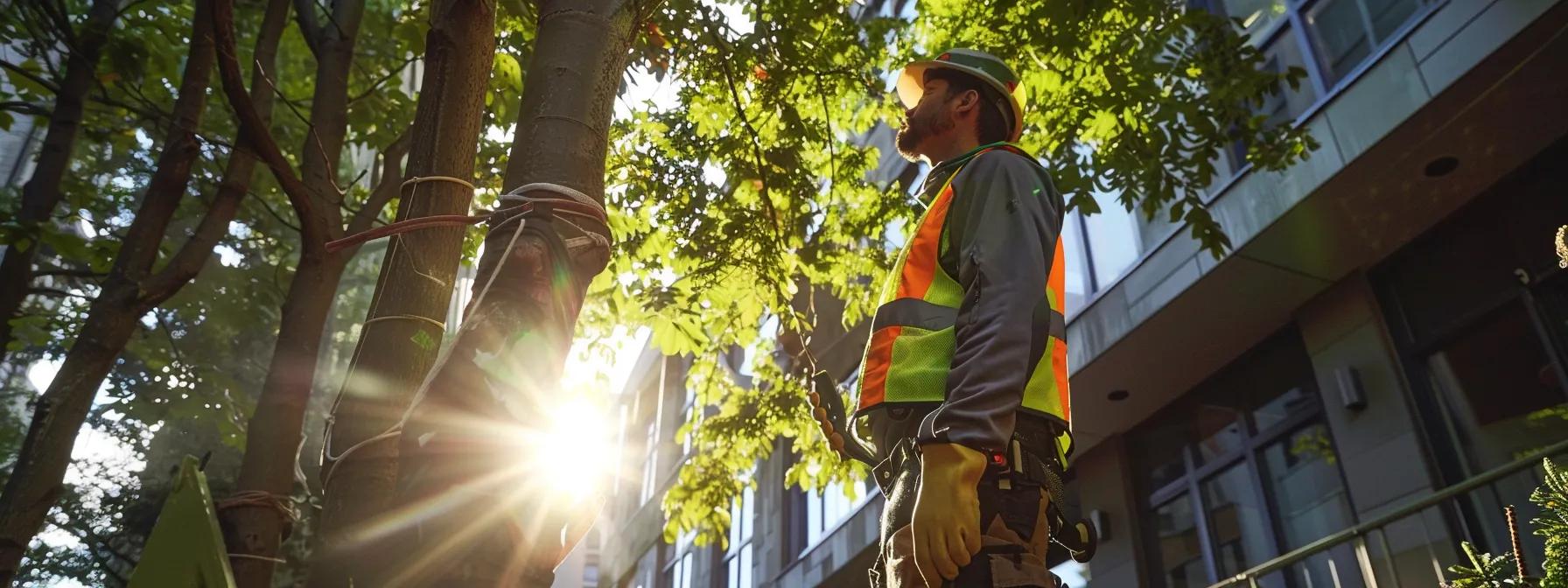
Understanding the tree trimming process is essential for setting realistic expectations and ensuring that the work is performed safely and effectively. The process begins with a detailed assessment and consultation, during which a certified arborist evaluates the tree’s structure, overall health, and specific trimming requirements. Experts examine factors such as branch density, potential hazards, and proximity to property or electrical lines. This initial evaluation is critical because it informs the tailored trimming strategy, ensuring proper cuts that promote natural growth while mitigating risks.
Once the assessment is complete, the arborist devises a plan that typically outlines the sequence of cuts, the types of tools required, and necessary safety measures. Modern tree trimming practices emphasize the strategic removal of branches to enhance the tree’s structural integrity and vitality. Techniques include crown thinning, crown raising, and crown reduction. Crown thinning, for instance, is used to remove excess branches while still maintaining the tree’s natural form. Research indicates that proper crown thinning can improve light penetration and air circulation, thereby reducing the risk of fungal diseases and insect infestations. In a study by Zhu et al. (2019), trees that underwent professional crown thinning maintained a 20% greater photosynthetic efficiency compared to untrimmed trees.
After the planning stage, the actual trimming commences with the necessary equipment and safety protocols in place. Professionals use various tools such as chainsaws, pole pruners, and climbing gear to access high branches with precision. The process requires continuous monitoring to ensure that cuts are performed at the correct angle and within the established guidelines. Each cut is made to prevent damage to the tree’s bark and to allow for rapid wound closure—this technique reduces the potential for disease entry. Moreover, during trimming, the team takes care to control debris and minimize disruption to the surrounding environment by employing proper cleanup methods.
Environmental factors play a significant role in the timing and methodology of tree trimming. For instance, pruning trees during dormancy minimizes sap loss and stress, while seasonal trimming in early spring can stimulate new growth. Experienced tree trimmers adjust their approach based on weather, tree species, and injury history, ensuring that each tree receives care optimized for its current condition.
An essential part of the process includes post-trimming evaluations. Once the work is completed, the arborist inspects the trimmed tree to verify that the structural balance has improved and that no damage has occurred to other parts of the landscape. Cleanup operations then begin, often involving the removal of all debris, branches, and trimmings. This cleanup is as important as the trimming itself since it ensures that no waste is left to harbor pests or impede the aesthetic value of the property.
Key Takeaways: - The process starts with a thorough assessment and tailored trimming plan. - Techniques like crown thinning and crown raising are used for long-term tree health. - Correct tool selection and safety practices ensure precise, minimal-damage cuts. - Post-trimming evaluations and debris cleanup enhance both safety and aesthetics.
Evaluate Your Tree Trimming Experience
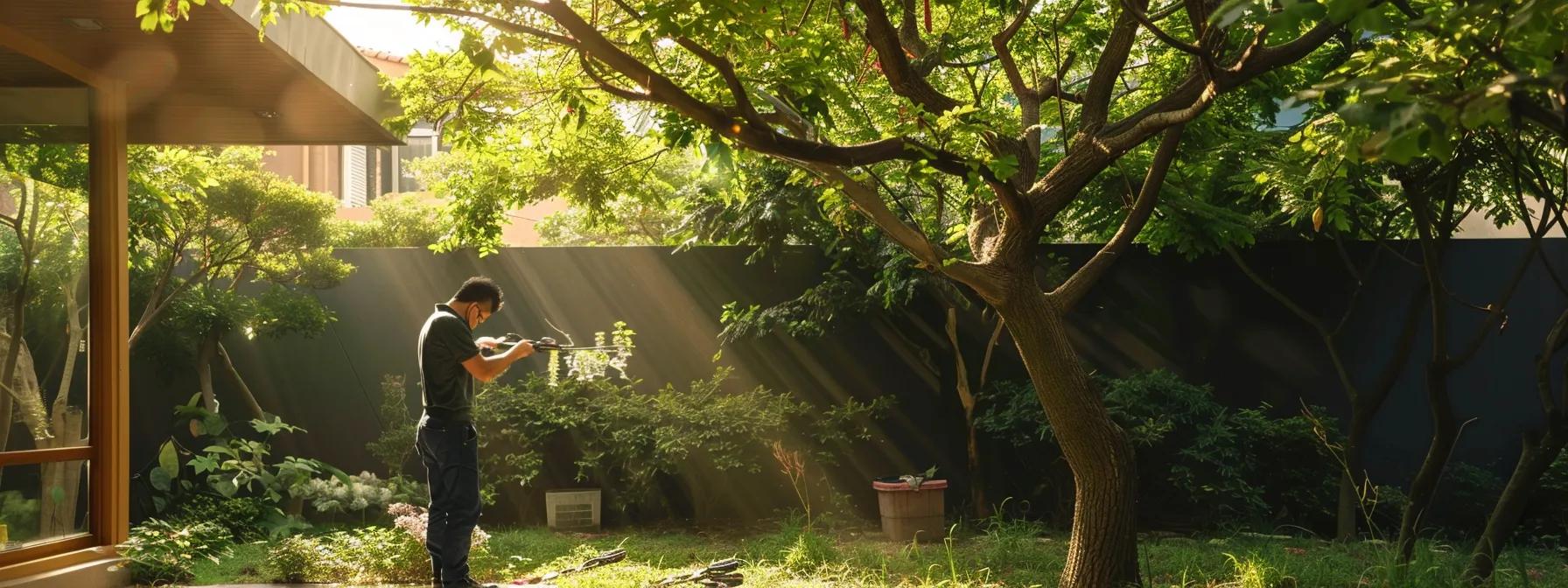
Evaluating the quality of a tree trimming experience is vital for continuous landscape improvement and satisfaction. A successful trimming experience is marked not only by the immediate enhancement of tree appearance but also by long-term tree health and safety. Homeowners should consider factors such as the professionalism of the service provider, adherence to safety protocols, and the thoroughness of the cleanup. Well-executed tree trimming should leave behind a garden that appears rejuvenated, with balanced tree canopies and no remnants of debris that could perpetuate pest or disease issues.
One should assess the service provider's communication throughout the process. Clear and transparent consultations, from the initial free estimate to the final clean-up, build trust and ensure that the customer’s needs and expectations are met. Companies like New Horizons Tree Experts distinguish themselves by explaining the process in layman’s terms, addressing potential risks, and outlining post-care recommendations. Customers are encouraged to provide feedback, which is particularly important in an industry where proper tree care has direct implications for both safety and aesthetics.
A practical method for evaluation is to compare the conditions of the tree before and after the trim. Look for improvements in branch structure, light exposure, and overall tree balance. Photographic evidence can be useful—many reputable companies provide before-and-after photos to document improvements. In addition, professional tree trimming operations adhere to industry standards set by organizations like the International Society of Arboriculture. Following these standards ensures that each cut is executed to provide maximum benefit while minimizing any adverse effects.
A companion study by Lee and Park (2020) demonstrated that customers who received post-trimming evaluations reported a 35% increase in satisfaction due to both visual improvements and the reduction of potential hazards. This research emphasized the importance of evaluating tree trimming work not only for immediate aesthetic appeal but also for future tree vitality and safety against storm-related damage.
Furthermore, financial and customer service aspects add another dimension of evaluation. Consider if the final invoice reflected a fair price for the level of service provided and whether any additional services such as stump grinding or debris removal were included. The overall customer service experience, from scheduling to follow-up communication, is a strong indicator of a company’s commitment to quality.
Homeowners should also assess the longevity of the trimming results by monitoring tree health and canopy changes over subsequent seasons. A well-trimmed tree should display minimal additional deadwood and support steady growth. Such evaluations will help customers make informed decisions for future maintenance needs, ensuring that each trimming service provides lasting value and safety.
Key Takeaways: - Evaluate trimming quality by comparing before-and-after conditions. - Assess transparency of consultation and adherence to industry standards. - Customer satisfaction increases with thorough communication and clean-up. - Long-term monitoring of tree health validates the service’s effectiveness.
Frequently Asked Questions
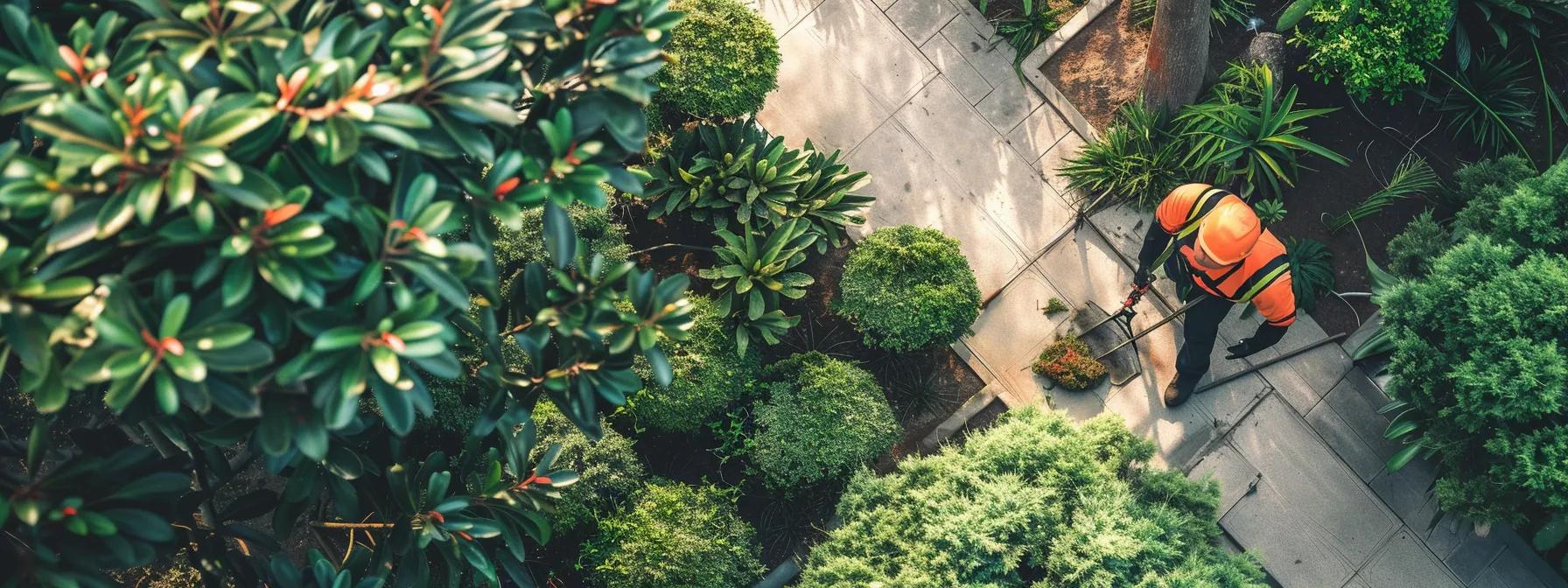
Q: What are the key benefits of expert tree trimming?
A: Expert tree trimming improves tree health by selectively removing dead or diseased branches, enhances overall appearance, and increases safety against storm damage. Certified arborists ensure that the tree's natural growth is preserved while maximizing light penetration and air circulation.
Q: How do I choose a reliable tree trimming service?
A: Look for certified arborists, positive reviews, clear communication, and comprehensive service offerings, including emergency tree services. Request before-and-after photos and free estimates to assess quality and pricing. Ensure that the company follows industry standards and maintains proper insurance coverage.
Q: How should I prepare my garden for the tree trimming process?
A: Clear the area around the trees of any obstacles such as furniture or vehicles, mark sensitive areas, and arrange temporary barriers to protect nearby plants. Discuss specific requirements with the service provider during the consultation, and perform a preliminary inspection of the tree for any signs of disease.
Q: What does the tree trimming process involve?
A: The process typically starts with an assessment by a certified arborist, followed by a tailored trimming plan. The arborist uses specialized tools for precise cuts, adheres to safety protocols, and completes the service with a thorough cleanup. Post-trimming evaluations ensure that the tree is structurally sound and aesthetically balanced.
Q: How can I evaluate if the tree trimming service was successful?
A: Success can be determined by comparing before-and-after conditions of the tree, assessing the balance and health of the canopy, and noting any improvements in safety. Follow-up evaluations and customer feedback are also critical. An effective service results in a more attractive, healthier tree and a debris-free landscape.
Final Thoughts
New Horizons Tree Experts and other professional tree trimming services provide more than just aesthetic benefits; they are essential in preserving long-term tree health and landscape safety. Understanding the process, preparing your garden appropriately, and evaluating your experience help ensure that your property remains both beautiful and secure. Well-maintained trees contribute to stable ecosystems, reduce disease spread, and enhance property values. Property owners are encouraged to invest in certified, professional services to achieve clean, resilient, and sustainable landscapes.
Get A Quote
Click below or call for more info

Working Hours
Mon: 8am - 5pm
Tues: 8am - 5pm
Wed: 8am - 5pm
Thur: 8am - 5pm
Fri: 8am - 5pm
Sat: 8am - 5pm
